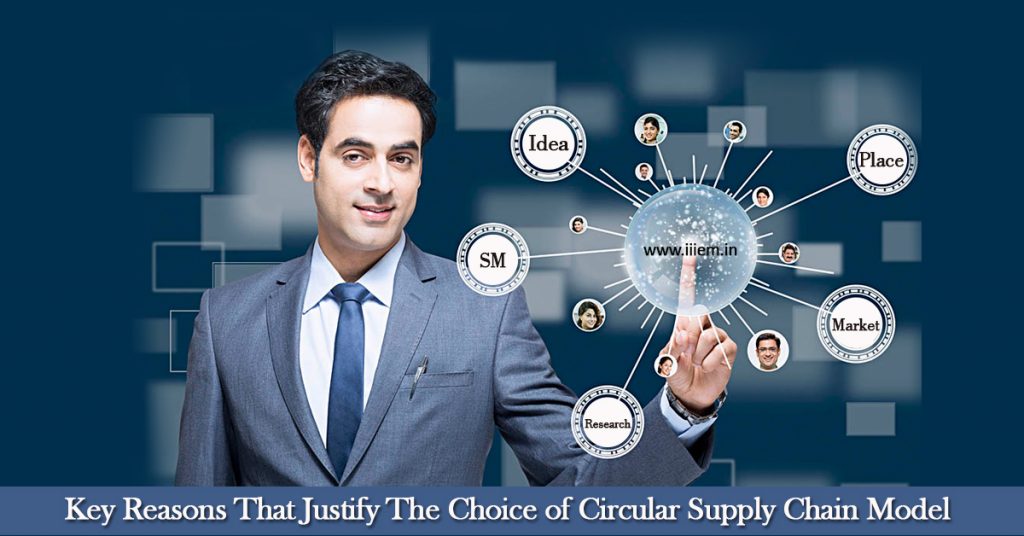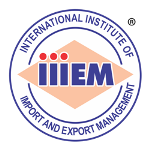
Reverse supply chain management has gained higher industry attention in recent years, led by growing interests about environmental protection problems, recycling, sustainable development, and security controls. These problems have pushed businesses to think about how their business offering will influence the environment, and what sort of carbon trace it will leave.
An increasing number of manufacturers allow product returns at the end of their first post-consumer times and reuse the products to obtain more value from the product.
Businesses are embracing this green impact on reverse supply chain because consumers have shown they appreciate companies with sound social and environmental corporate management. Other businesses have embraced greener policies because, not only does it enhance customer sentiments on the company, but also presents a competitive advantage by decreasing costs. The Export-Import Management Program at iiiEM looks at this trend of circular supply chains.
Customers hold the power
Another great cause for the increase in reverse supply chain management model is customer power. With an international market and Web commerce, shoppers have a broader range of businesses to buy from than ever before.
Customers are also becoming more educated about the products they buy and are showing growing concern about the circumstances under which products are produced and distributed.
Customers now expect to be able to return products they do not like or were bought by mistake. They expect to be able to replace used goods for new products, so they do not have to be bothered with disposal or recycling matters. Repairs and warranty service are a natural and obvious part of customer service. Delayed or badly managed service in these areas can end in a loss of consumer commitment and adverse promotion.
The transition from a straight to a circular/reverse supply chain model needs businesses to reconsider how they perceive their supply chain. They must envision it as a network with materials and goods circulating through the chain in different styles. Some deliberations for building a reverse model of a supply chain are mentioned below:
- Outputs become inputs because products don’t stop their lives with customers, but turn into an input into the supply chain. This means processes of accounts payable and receivable will constitute of a loop rather than a linear pattern.
- The application of information communication technology (I.C.T.) to regulate all the moving elements in a reverse supply chain expects action in real time.
- Evaluating reuse possibilities requires researching suppliers and operating with the top tier for a shared vision towards a reverse supply chain while warranting Corporate Social Responsibility (C.S.R.) measures are met.
- The cash flow requirements of a reverse supply chain, as opposed to a straight one, maybe he margins might improve, but a supplier’s need for cash may change.
- The management of parts, such as the proof, substances, production data, and elements for the entire life cycle, requires creating a complete plan.
The Circular Economy
The new co-operative economy business model, the shift to reverse supply chains, and the progress to discover more environmentally friendly methods to treat the waste, are an integral part of the circular economy movement.
A circular economy can be explained as an economy that is restorative and regenerative by the object and strives to maintain products, elements, and substances at their greatest efficiency and value at all times.
A circular economy is an option to the conventional linear economy (make, use, dispose of) in which we retain resources in use for as long as possible, deriving the maximum value while the product is in use. When the product has arrived at the end of its life-cycle, then essential elements are retrieved and reconstructed.
The circular economy is waste-free and flexible by the object. It is a new economic model that is ambitious as well as working. Planning the economy in such a novel way that is restorative of ecosystems, driven by its innovation, and impactful for the community, is a brave challenge. But it is attainable when conducted by these simple policies.
- Ecosystems support refurbishing
- Use resources to create value, and not just monetary value
- Support healthy communities and cultures
- Raw materials can be cycled frequently
- Promote human well-being and happiness
The circular economy is formed on the notions of “making more with less” and “modeling life cycles in the natural world”, as a system of interdependent, continuous cycling systems. At the source of these circular economy determinations are the concepts of innovation, collaboration, waste mitigation, regenerative ecosystems, and reuse and recycling.
Is your business making the transition to a reverse supply chain? How has the journey been so far? We would like to hear from you in the comments section down below.
